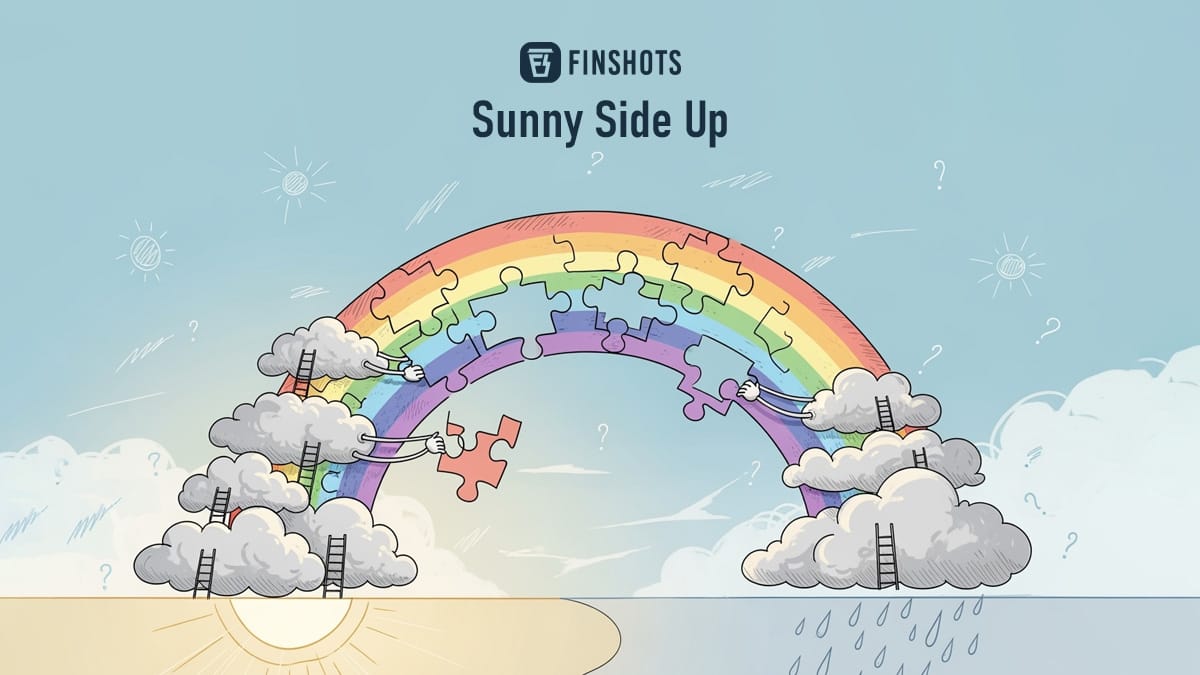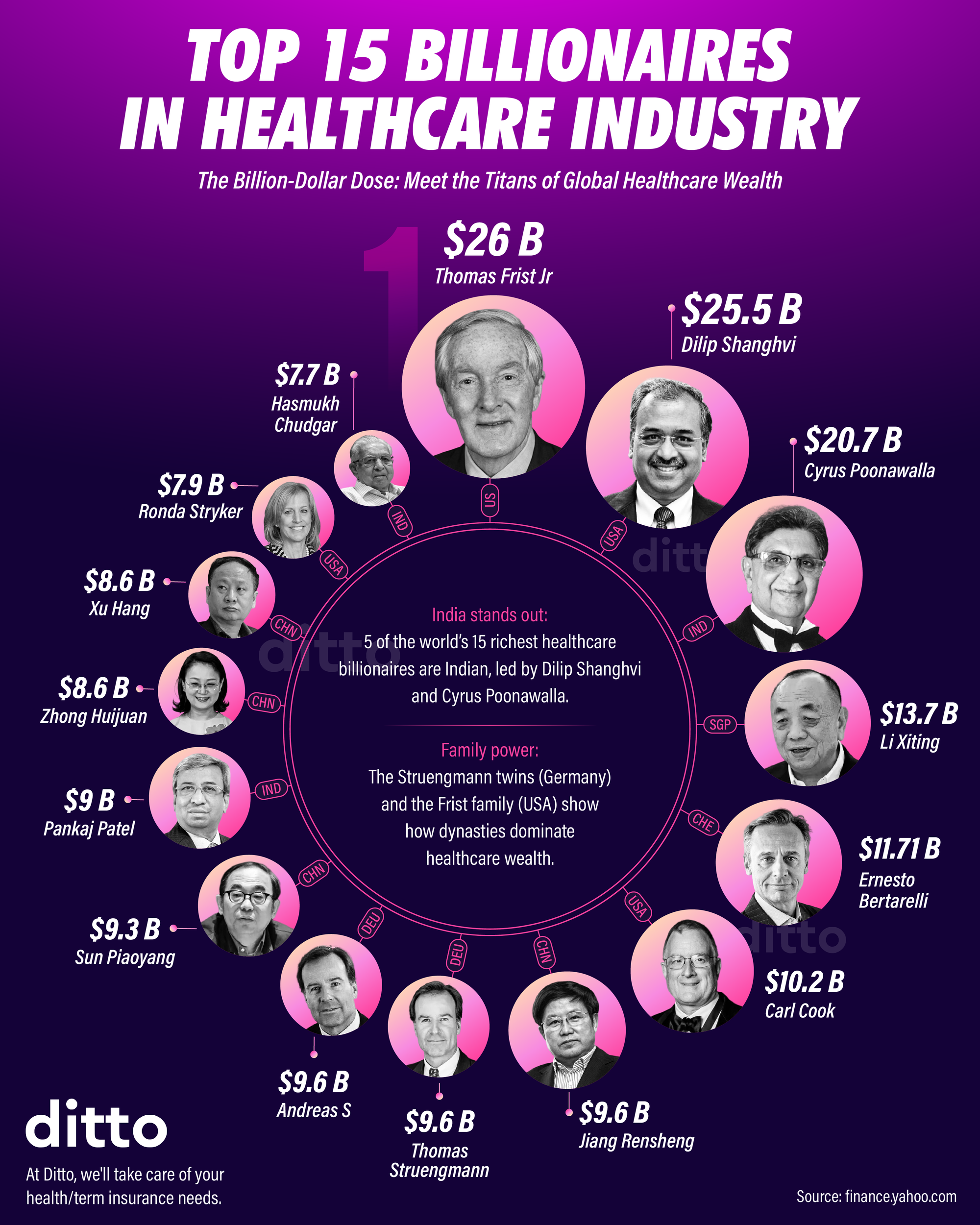Disappearing rainbows, how dictionaries work and more...

Hey folks!
Skibidi and delulu aren’t just random words you scroll past on Instagram or X anymore. They’ve been officially added to the Cambridge English Dictionary, along with 6,000 other new entries over the past year.
And that got us thinking — how does a silly internet word make it into something as serious as the dictionary?
Well, first off, for a word to be added, it needs to be widely used and understood. Not just for a week or two, but long enough to prove that it’s sticking around. And importantly, it has to have a shared meaning that most people recognise.
But who decides that, you ask?
Well, lexicographers or the folks who write and edit dictionaries. They read widely, scan social media, monitor what people are searching for online, and keep an eye on words that are no longer just inside jokes but have crossed into everyday use. So even if a slang term doesn’t “feel” like a real word, lexicographers study how people use it. If it’s common enough, it makes the cut.
So yeah, the moment a word like “delulu” shows up in Parliament speeches or news articles, that’s a sign it has crossed over. It proves enough people understand it without explanation, which makes it dictionary-worthy. Like when Australia’s Prime Minister Anthony Albanese recently called his opponents “delulu with no solulu”.
And it’s not just quirky slang that gets added. Think about “WFH”, “deepfake” or even “contactless” — all words born out of recent shifts in how we live and work.
That simply goes to show how dictionaries aren’t frozen in time; but evolve with us, constantly updating to mirror culture. Because that’s the job of a dictionary — to record how people actually use words. Not the other way around, where a word only feels valid once it’s in a dictionary.
Try telling that to my Google Doc though. It still red-underlines ‘delulu’ to insist that it isn’t a word.
Here’s a soundtrack to put you in the mood 🎵
Tasveer by Ali Brothers
You can thank our reader Monu Arora for this unique rec. It’s not just a great piece of classical music, but also a duet by two male singers. And we bet you wouldn’t have guessed that if we hadn’t mentioned it. Go on, give it a listen and you’ll see exactly why we said that.
Ready to roll now?
What caught our eye this week 👀
Will climate change steal rainbows?
Think about the last time you saw a rainbow. Maybe after a summer rain, maybe from a train window or while scrolling Instagram, because someone else caught it before you did.
Now think about a world where that sight slowly fades. Not because everyone’s glued to their screens, but because the sky itself stops painting them. Well, that’s the twist from a study that says climate change is going to shuffle rainbows across the planet. And it will add more arcs of colour in some corners, and steal them away from others.
If you’re wondering why, well you see, rainbows are picky. They need three things at once: sunlight hitting at just the right angle, raindrops hanging in the air and no thick cloud blocking the view. Even small shifts in rainfall and cloud cover messes up this delicate balance. And climate change is scrambling those ingredients today. Take rainfall. A warmer planet often means heavier downpours but fewer rainy days. That’s bad news for rainbows because thick cloudbursts block the sun, and long dry spells leave no droplets in the air. In some regions, precipitation is shifting from rain to snow, which can also cut rainbow days. Timing matters too. If showers shift to midday, when the sun is directly overhead, the light can’t bend at the right angle (below 42°) to form a rainbow.
Now, here’s what the models show. The average spot on Earth gets about 117 rainbow-days a year today. But by 2100 that’s said to go up globally by around 4–5%. That’s good, right?
Not quite because as much as a third of the world’s land area is projected to lose rainbow days. So while some skies see more rainbows, some might completely lose them. The hotspots of loss are said to be the Mediterranean, Brazil, southern Africa, and Australia, while Alaska, Japan, Tibet, and even parts of India are on the gaining side.
But here’s where things get interesting. Rainbows aren’t just physics but also part of human culture and storytelling. Hawaii’s football team proudly carries the rainbow as its mascot. In the Bible, it’s described as God’s promise never to flood the Earth again. And today, rainbow flags stand for equality, peace, and hope. So losing them wouldn’t be just an aesthetic loss — it could chip away at identity, meaning, and even money. Many waterfalls and beaches, for instance, market themselves on rainbow tourism. Fewer arcs could simply mean fewer tourists, and lost revenues.
And there’s a catch for India too. The models say more rainbow days. But urban smog and concrete skylines mean fewer people may actually see them. After all, there’s no point of more rainbows on paper if haze and high-rises block the view, eh?
It all is a reminder that climate change isn’t just about food, floods, and fuel. It’s about the fragile things we don’t measure. Like joy, wonder, and colour!
So maybe we tell this story so people think more about climate change… and also the last time they saw a rainbow! 🙂
Infographic 📊

📺Why UPI may soon stop being free

India’s UPI has been hailed as a digital revolution.
Every second, 7,000 Indians send money instantly, for free. No charges. No fees. Nothing.
But now, the free ride may be ending. With RBI hinting that “UPI can’t remain free forever” and major banks like ICICI, Yes Bank and Axis already introducing fees for aggregators, the cracks are beginning to show. Merchants may soon have to bear these costs — and eventually, so might you.
So in this episode of Finshots TV, we break down exactly who pays for each transaction, how the system works behind the scenes and what happens when India’s most beloved payment system starts charging money. Click here to check it out.
Readers Recommend 🗒️
This week, our reader Smit Mehta recommends reading The Good Indian Employee’s Guide to Surviving a Lala Company by Rajiv Gupta
Smit writes, “The Good Indian Employee’s Guide to Surviving a Lala Company by Rajiv Gupta is a funny yet honest take on life inside a typical Indian family-run business, where the boss “Lalaji” makes decisions based more on mood than logic. The book brings to life colourful characters — loyal sidekicks, secretive accountants, and clueless heirs — while showing how favouritism, sudden rule changes, and office politics run the show. Each story wraps up with short, practical tips on how to stay safe, hold on to your job, and protect your peace of mind. It’s both a lighthearted read and a clever survival guide for anyone stuck in this unpredictable work culture.”
Thanks for the rec, Smit!
That’s it from us this week. We’ll see you next Sunday!
Until then, send us your book, music, business movies, documentaries or podcast recommendations. We’ll feature them in the newsletter! Also, don’t forget to tell us what you thought of today's edition. Just hit reply to this email (or if you’re reading this on the web, drop us a message at morning@finshots.in).
🖖🏽
Don’t forget to share this edition on WhatsApp, LinkedIn and X.
